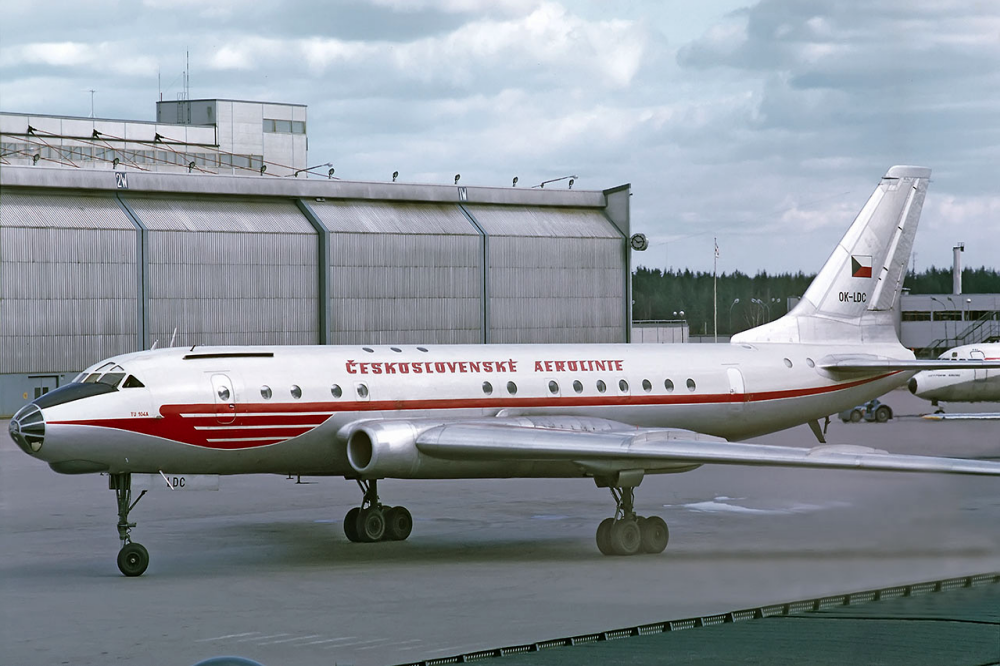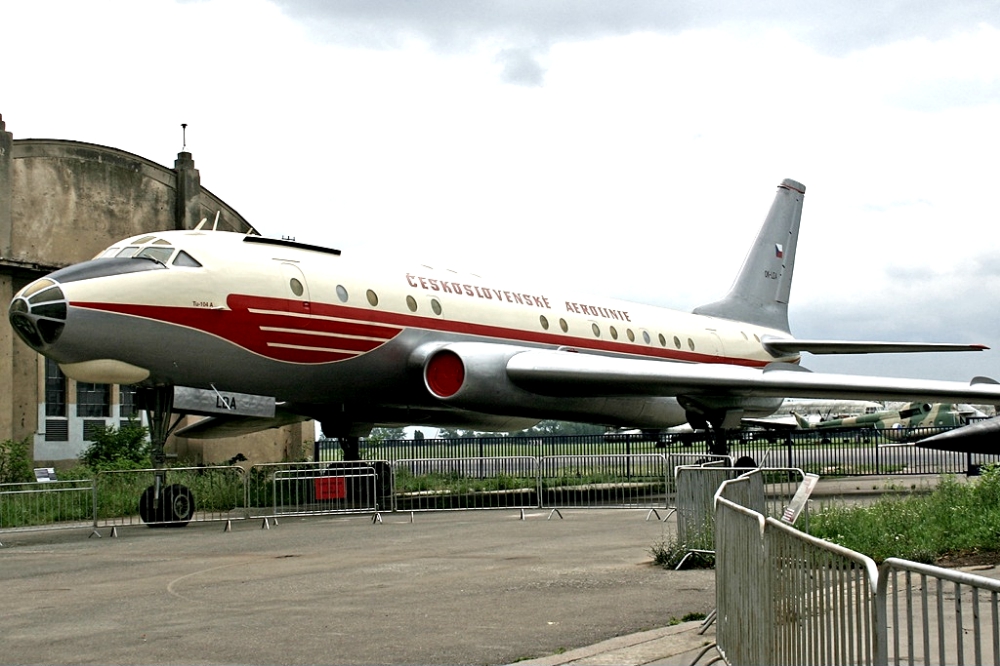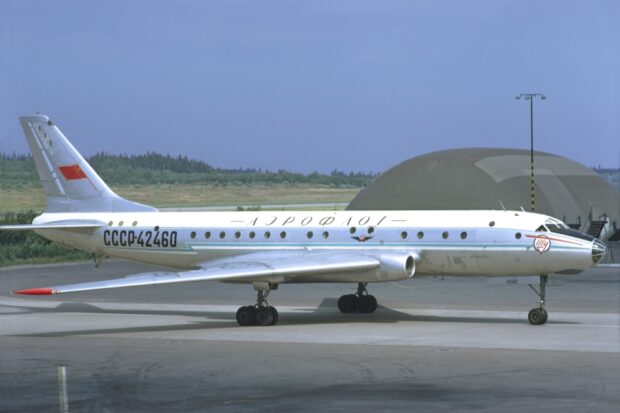Dive into the captivating history of the Tu-104, the Soviet Union’s pioneering jet airliner that took to the skies in the 1950s. This documentary-style video explores the intriguing and complex journey of the Tu-104, a marvel of Soviet innovation that revolutionized air travel in the Eastern bloc, yet was shrouded in mystery and controversy.
The Tupolev Tu-104 (NATO reporting name: Camel) is a retired medium-range, narrow-body, twin turbojet-powered Soviet airliner. It was the second to enter regular service, behind the British de Havilland Comet and was the only jetliner operating in the world from 1956 to 1958, when the British jetliner was grounded due to safety concerns.
In 1957, Czechoslovak Airlines – ČSA (now Czech Airlines), became the first airline in the world to fly a route exclusively with jet airliners, using the Tu-104A variant between Prague and Moscow. In civilian service, the Tu-104 carried over 90 million passengers with Aeroflot (then the world’s largest airline), and a lesser number with ČSA, while it also was operated by the Soviet Air Force. Its successors included the Tu-124, Tu-134, and Tu-154.

CSA Czechoslovak Airlines Tupolev Tu-104A at Arlanda Airport in 1971
Design and Development
At the beginning of the 1950s, the Soviet Union’s Aeroflot airline needed a modern airliner with better capacity and performance than the piston-engined aircraft then in operation. The design request was filled by the Tupolev OKB, which based their new airliner on its Tu-16 “Badger” strategic bomber. The wings, engines, and tail surfaces of the Tu-16 were retained with the airliner, but the new design adopted a wider, pressurised fuselage designed to accommodate 50 passengers.
The prototype build in MMZ ‘Opit’ first flew on June 17, 1955, with Yu.L. Alasheyev at the controls. It was fitted with a drag parachute to shorten the landing distance by up to 400 m (1,300 ft), since at the time, not many airports had sufficiently long runways. The first serial TU-104 took off on 5 November 1955.
The Tu-104 was powered by two Mikulin AM-3 turbojets placed in the wing roots (resembling the configuration of the de Havilland Comet). The crew consisted of two pilots, a navigator (seated in the glazed “bomber” nose), a flight engineer, and a radio operator (later eliminated). The airplane raised great curiosity by its lavish “Victorian” interior – so-called by some Western observers – due to the materials used: mahogany, copper, and lace.

Czechoslovak Airlines Tu-104A at Kbely Aviation Museum, Prague
Tu-104 pilots were trained on the Il-28 bomber, followed by mail flights on an unarmed Tu-16 bomber painted in Aeroflot colors, between Moscow and Sverdlovsk. Pilots with previous Tu-16 experience transitioned into the Tu-104 with relative ease. The Tu-104 was considered difficult to fly, as it was heavy on controls and quite fast on final approach, and at low speeds displayed a tendency to stall, a feature common with highly swept wings.
Experience with the Tu-104 led the Tupolev Design Bureau to develop the world’s first turbofan series-built airliner, the Tupolev Tu-124, designed for local markets, and subsequently the more commercially successful Tu-134.
Top Photo: Tupolev Tu-104A of “Aeroflot” at Arlanda Airport
Sources: Wikipedia; YouTube

